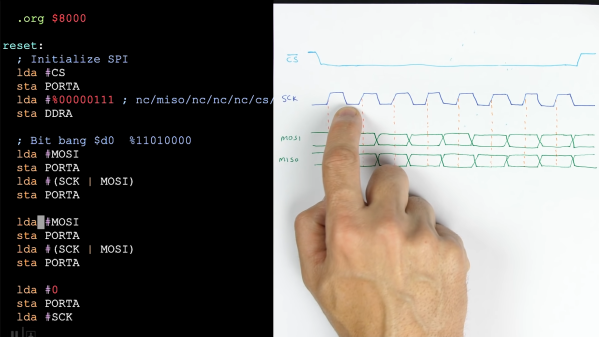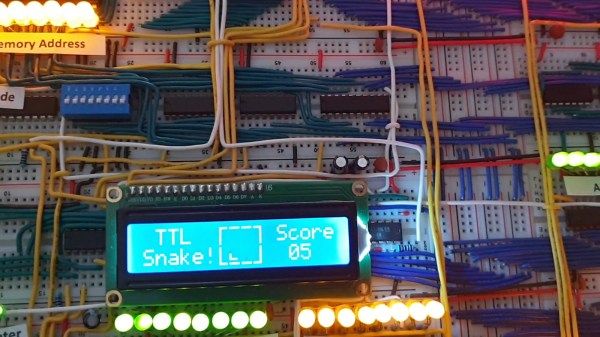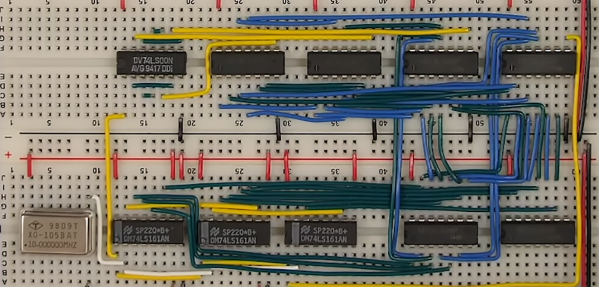[Too Many Wires] has a custom computer he’s building. He wanted a mouse, but USB is a bit of a stretch for the fledgling computer. We might have opted for PS/2, but he went for something even older: a serial mouse connected with a DE-9 (colloquially, a DB-9). Check it out in his recent video update on the project below.
Don’t remember serial mice? They were very common many years ago, and apparently, you can still buy new ones, which makes you wonder what people are doing with them. If you are an old hand at serial, you’ll immediately know why he couldn’t get it to work at first. If you haven’t worked with RS-232 gear before, you’ll learn a lot.
The protocol is simple enough, and you can read the code or find plenty of old documents. He’s using a UART chip, which offloads the CPU. However, the PS/2 mice are very easy to work with directly, and you could skip the +/- 12V RS-232 and other issues.
Either way, however, using an RS-232 or PS/2 mouse in a project is relatively straightforward. You might not think you need a mouse, but don’t forget, they are really accurate two-axis sensors. An optical mouse on a motion table, for example, could be worth something.
The computer is based on [Ben Eater]’s design, if you want more details on that. Can’t decide between RS-232 and PS/2? You don’t have to.
Continue reading “A Serial Mouse For A Homebrew 8-bit Computer”
















